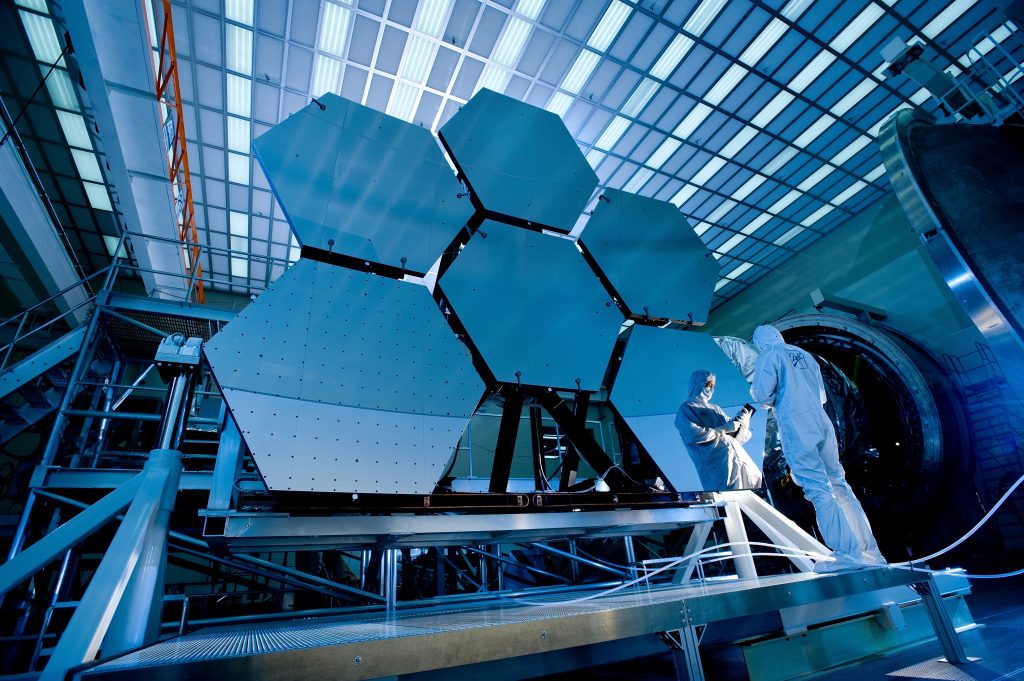
Advanced manufacturing – the next frontier of innovation, driving efficiencies and pushing the boundaries of what is possible with modern production technologies. But what is advanced manufacturing, how do you get into it, and what roles are even available in this space?
What is Advanced Manufacturing?
Advanced manufacturing refers to using technology to enhance products and improve processes. There is an emphasis on producing goods faster, more efficiently, and with a lower environmental footprint. Typically, advanced manufacturing will involve automation, software, computation, sensing, and cutting-edge materials.
Read More: What is Advanced Manufacturing?
Educational Requirements for Advanced Manufacturing Roles
Typically, advanced manufacturing roles require individuals with specialized training, ranging from technical certificates to advanced degrees. Many positions will need at least a two-year associate’s degree, while others might require a bachelor’s degree or higher. Continuous training and education are also essential due to rapid technological advancements.
Typical Advanced Manufacturing Jobs
Let’s look at some of the pivotal roles in this sector:
Electrical Drafter
Electrical drafters are responsible for creating detailed diagrams and schematics used in the manufacturing, installing, and repairing electrical products and systems.
Primary Responsibilities:
- Prepare and revise drawings
- Work closely with engineers
- Indicate electrical components on designs
- Ensure compliance with safety standards
Structural engineer
These professionals design, plan, and oversee the construction of infrastructure projects, ensuring they are stable and durable.
Primary Responsibilities:
- Analyzing blueprints
- Evaluating the feasibility of projects
- Designing structural components
- Ensuring all projects meet safety and regulatory standards
Read More: Tips for Finding Structural Engineering Positions
Electronics Technician
Electronics technicians ensure the optimal functioning of electronic equipment and systems.
Primary Responsibilities:
- Troubleshooting and repairing electronic components
- Testing system functionality
- Maintaining equipment
- Working with engineers to implement new systems
Fabricator
Fabricators build metal structures by cutting, bending, and assembling processes.
Primary Responsibilities:
- Reading and interpreting blueprints
- Using machinery to cut and shape metal
- Welding pieces together
- Inspecting finished products
Quality Assurance Engineer
Quality Assurance engineers ensure products meet quality standards and function without defects.
Primary Responsibilities:
- Designing and implementing tests
- Debugging
- Defining corrective actions
- Ensuring the continuous improvement of processes
Read More: How to Become a Quality Assurance Engineer
Machinist
Machinists use machines to produce parts, often utilizing CNC (computer numerical control) tools.
Primary Responsibilities:
- Reading blueprints
- Setting up and operating machinery
- Confirm precision in production
- Maintaining equipment
Read More: Machinist Resume Template
Mechanical Drafter
Mechanical Drafters create detailed layouts and diagrams for mechanical devices and equipment.
Primary Responsibilities:
- Collaborate with engineers and other professionals
- Prepare detailed drawings
- Guarantee designs adhere to established specifications and standards
Mechanical engineer
Mechanical engineers design, develop, and test mechanical devices and systems.
Primary Responsibilities:
- Researching and analyzing design proposals
- Conducting simulations
- Overseeing the manufacturing process
- Certifying products meet quality standards
Read More: How to Apply for Mechanical Engineering Positions
Quality Inspector
Quality inspectors examine products and materials for defects and deviations from original specifications.
Primary Responsibilities:
- Reading and understanding blueprints
- Using measuring instruments
- Conducting tests
- Ensuring consistent product quality
Read More: Quality Inspector Resume Template
As technology evolves, professionals in these positions will be at the forefront of innovation, ensuring that manufacturing remains efficient, sustainable, and cutting-edge.
Want job searching tips for your next role in Advanced Manufacturing? Working with an experienced engineering recruiter like Strom Minnesota can help you prepare for any job interview and take the hard work out of finding positions. Don’t waste your time scouring the internet for job postings or waste time applying with multiple individual employers. Strom Minnesota takes all the hard work out of the job search, so you can find a new position faster.

